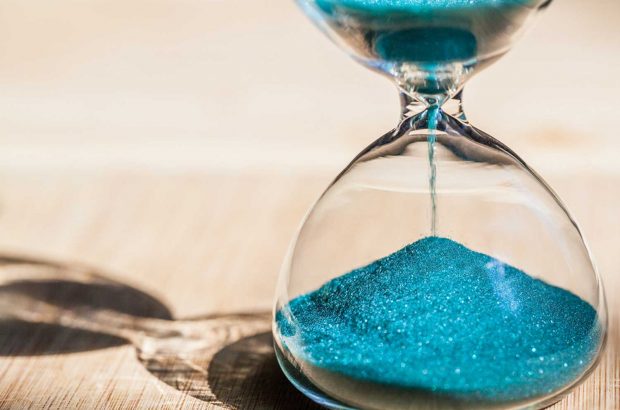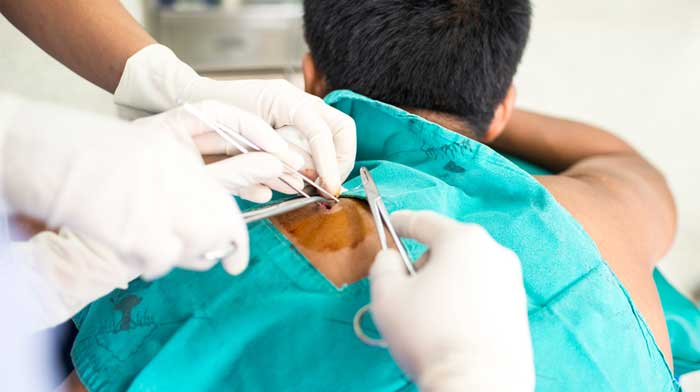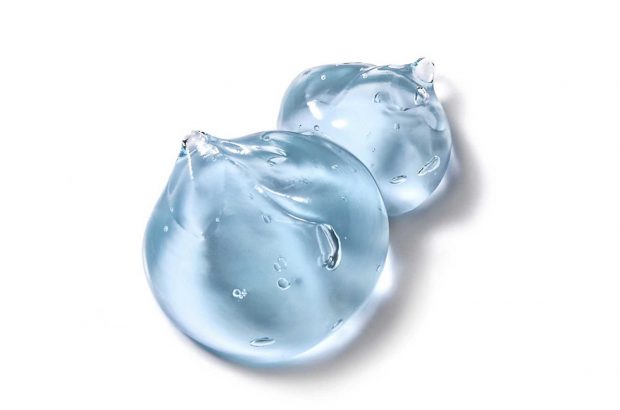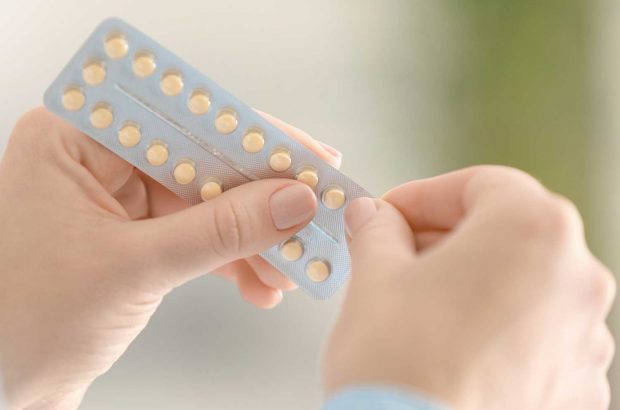
Skin Surgery
Sometimes it is necessary for a small piece of skin to be removed for examination. This is often described as a biopsy. A dermatologist would suggest this either to provide information to help with diagnosis of a skin problem, or to remove a skin lesion. Various different sorts of skin surgery can be done:
Punch biopsy
A punch biopsy involves the removal of a full thickness skin sample a few millimetres in diameter using a special instrument. Punch biopsies are used to help with the diagnosis of skin rashes and larger skin lesions and can also be used to completely remove very small skin lesions (called a punch excision).
Shave biopsy
A shave biopsy involves the removal of the uppermost portion of a skin lesion. This may be done to sample a lesion to help provide a diagnosis, or may be done to completely remove the protuberant potion of a lesion, for example a fleshy mole (called a shave excision), often giving an excellent cosmetic result.
Curettage
Curettage involves the removal of the uppermost portion of a skin lesion using a specially designed instrument. It is particularly useful for carefully defining the edges of certain types of skin cancer before they are cut out, or for removing thicker skin lesions, such as warts.
Elliptical excision
Elliptical excision is a technique in which the full thickness of the skin is removed in an elliptical shape (resembling the shape of a boat viewed from the air). This is usually done to completely remove lesions involving the deeper part of the skin (such as cysts or lipomas), or to remove lesions where it is important to view the whole thickness of the skin under the microscope (for example for a changing mole). Elliptical excisions result in a wound that is usually about 3 times as long as the lesion itself. However, with an elliptical excision, the wound usually closes very neatly and heals better than a shorter circular excision, which can result in heaping up or puckering of the skin.
Skin grafts and skin flaps
Further information about skin grafts and skin flaps
Mohs surgery
Are there any complications I should know about?
Skin surgery is generally extremely safe and it is very unusual to develop any serious complications. Some of the commoner complications of skin surgery are as follows:
Scarring
It is impossible to perform any surgical procedure without leaving a scar, however many scars may be slight or unnoticeable once they have healed. Every effort is made to minimise and disguise scarring for larger procedures. Some patients are genetically prone to develop raised scars (called keloid or hypertrophic scars), particularly for operations on the chest and back. You should let your dermatologist know if you or anyone in your family has had a problem with scars. Scars on the back often spread slightly with time, even with excellent surgical technique. Minimising heavy lifting, stretching, bending over or exertion (e.g. gym) for several weeks after surgery can reduce the chance of this happening.
Wound Infection
Serious infections after skin surgery are extremely rare. About 1 in 20-30 patients can develop a local wound infection after surgery and this is usually easily treated with tablet antibiotics. If a wound infection does occur it may present with be increasing redness, swelling, discomfort or weeping of the wound starting about 3-4 days after the surgery. If you are worried you should contact your dermatologist.
Bruising or Bleeding
Bruising is common after skin surgery (particularly on the face and forehead) and clears up completely. If you develop extensive bruising with a firm swelling under the skin you should contact your dermatologist. If the wound starts to actively bleed after surgery you should sit or lie down and apply firm, uninterrupted pressure over the wound for 15 minutes. If this fails reapply pressure, again uninterrupted, for a further 20 minutes. If bleeding cannot be stopped, you should contact a doctor or attend a casualty department (A and E).
Unfortunately, people who smoke cigarettes are much more likely to develop complications and to have wounds which heal more slowly with more significant scarring. This is because cigarette smoke contains chemicals which not only reduce blood flow to healing wounds, but also which impair the formation of scar tissue itself. If you smoke it would be advisable to stop for at least 2 days before the surgical procedure and for 1 week afterwards.
Other complications can occasionally occur depending on the site and type of procedure.
FAQs
Will it hurt?
Skin surgery should be a painless procedure, because the area is completely numbed using a local anaesthetic before surgery starts. Please note that is normal to still feel some movement and local pressure during surgery. Having a local anaesthetic injection before surgery is slightly painful (resembling a bee sting), but discomfort goes away very quickly and can be minimised with careful technique and operator experience. The dermatologist will always check to see whether the area is completely numb before starting surgery, and if any discomfort is felt during the procedure, top-up anaesthetic is easily given.
Is any special preparation necessary before skin surgery?
Because skin surgery is done under local anaesthetic, very little special preparation is required. You should eat and drink normally on the day of your surgery, avoiding alcoholic drinks for 24 hours. If you take any regular medicines you should take these as normal, particularly if you have diabetes. However if you take regular aspirin, warfarin or other blood-thinning medicines, you should mention this to your dermatologist at the initial consultation because it may be necessary to stop these a few days before surgery. It is best to wear comfortable loose fitting clothing, to prevent rubbing on the wound after surgery. It is wise not to drive immediately after surgery and to arrange alternative means of travelling home. If your surgery is on the scalp or on the fingers please avoid application of hair sprays or nail varnish on the day of surgery as these are flammable.
What happens during the operation?
When you arrive for your surgery the nurse may request that you remove some clothing or change into a gown. Please let Dr Seaton know of any changes to your medication or any medication allergies that you have. Dr Seaton will fully explain the procedure to you and answer any questions that you might have. You will then be invited to sign a consent form to confirm that you understand the procedure and that you agree to go ahead with it.
After lying down in a comfortable position the area of skin will be cleaned with an antibacterial solution and then the local anaesthetic is given. The skin surgery is then performed. After the lesion has been removed, bleeding may be stopped using a electrosurgical device which seals the blood vessels. Depending on the procedure performed, stitches may or may not be used to close the wound. A neat dressing is then applied. For some wounds a slightly bulkier pressure dressing is used to provide some pressure over the wound and minimise the chance of bleeding afterwards.
What should I do after my operation?
Local anaesthetic tends to wear off after 1-3 hours. At this stage you may experience some discomfort. If you need some pain relief, paracetamol (2 tablets) is often helpful. You may be given some slightly stronger painkillers to take if necessary. Please avoid aspirin, ibuprofen, Naproxen, Neurofen, diclofenac (Volterol) or other non-steroidal painkillers as these can increase the risk of bleeding.
Unless otherwise requested, you should leave your dressing in place for 24-48 hours. At this stage you can wash as normal and wet the wound with running water. Any loose scab or crust can be gently washed away to keep the wound bed looking clean, but the wound should not be firmly rubbed. The area should then be patted dry with a clean towel. Clean Vaseline should then be gently smeared over the top of the wound and a plaster or dressing re-applied. Keeping the wound covered with Vaseline encourages healing and lends to give a better result. Dressing changes and gentle washing should be repeated every 1-2 days until the stitches are removed (usually after 1 week).






